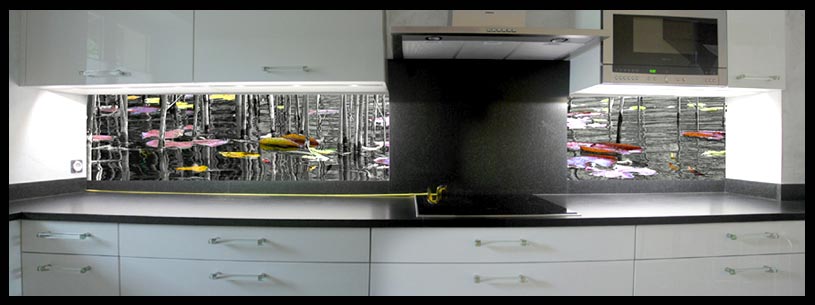
While many filmmakers just shot wide shots of the action, Soviet montage theory cut together shorter shots to build a story. It holds that editing and the juxtaposition of images is the lifeblood of filmmaking. Soviet montage theory is an approach to creating movies that rely heavily upon editing techniques. They can tell a story that would not be understandable from just one of the images, and would only be able to be deciphered when put together with multiple shots that form a whole. What does the montage theory of editing propagate? People wanted to build on that idea.Īs more and more people experimented with the Kuleshov effect, we delved into montage theory. It is a cognitive event in which viewers derive more meaning from the interaction of two sequential shots than from a single shot in isolation.īut that was just the beginning. Lev Kuleshov pioneered an idea that would be known as the Kuleshov Effect.
MONTAGE DEFINITION FILM HOW TO
When filmmakers were first pioneering how to create movies and elicit emotions from the audience, they experimented with lots of different editing styles.

Who Is Sergei Eisenstein and What Was Soviet Montage Theory? So without further ado, let's cut together some answers and explanations. We'll get the definition of Soviet montage theory, montages, we'll learn about Sergei Eisenstein, and we'll see how we can continue the work they started and keep experimenting in the future. Today, we want to look at one of those early movements that changed all of cinema as we know it. Out of this experimentation and search for meaning, cinematic language was created. So much of what we know today was pioneered by people experimenting and doing what they can to create cinema. They mix in shots of a water buffalo being slaughtered.In the early days of cinema, everything had to be invented. A good example of this would be the scene from apocalypse now where Klutz is being executed. Intellectual - Uses a combination of shots from outside the film in order to create a meaning. Overtonal/Associational - An accumulation of metric, rhythmic, and tonal montage to synthesise its effect on the audience for an even more abstract and complicated effect. An example of this is in one of Eisenstein’s fllms called Battleship Potemkin where the character ‘Vakulinchuk’ dies. The point of this is to elicit a reaction that is more complex than Rhythmic and Metric. Not just manipulating the temporal length of the cuts or its rhythmical characteristics.

Tonal - A tonal montage uses the emotional meaning of the shots. A good example of this is the the legendary car/train chase scene in The French Connection. This creates visual continuity but it may also be used in order to keep with the pace of the film. Rhythmic - The cutting happens for the sake of continuity. The reason for this is to get an emotional reaction from the audience. Metric - Where the editing follows a specific number of frames, this is based purely on the physical nature of time, cutting to the next shot no matter what is happening within the image.

These varieties of montage build one upon the other so the “higher” forms also include the approaches of the “simpler” varieties. Sergei Eisenstein talks about five different methods of montage through out his work.


 0 kommentar(er)
0 kommentar(er)
